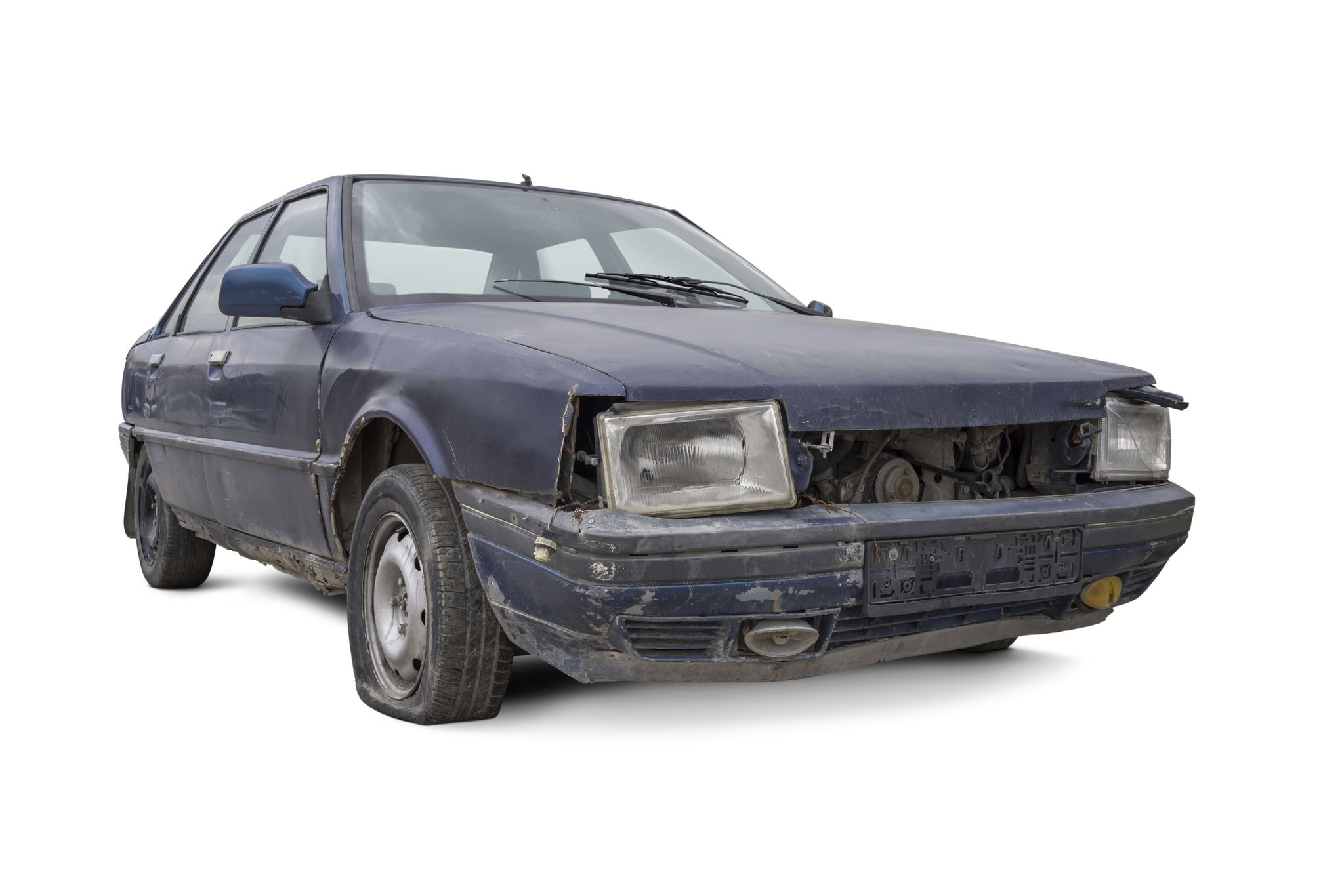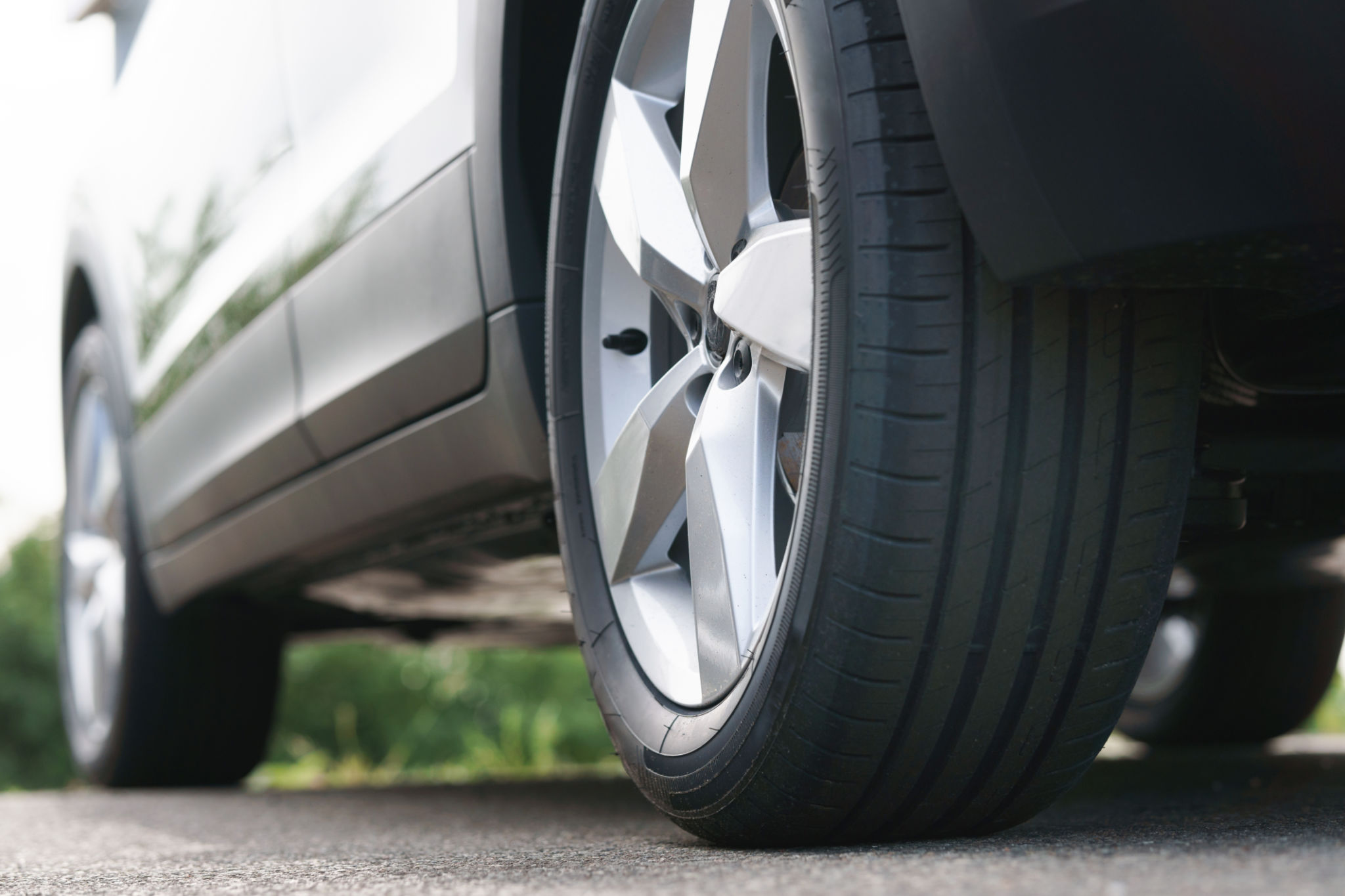Common Car Problems in Humid Climates and How to Avoid Them
Understanding the Impact of Humidity on Vehicles
High humidity levels can wreak havoc on your vehicle, especially if it's not suitably protected. When moisture permeates various components of your car, it can lead to a range of issues that are both inconvenient and costly. Understanding these common problems can help you take proactive steps to avoid them.
Humidity affects more than just the exterior of your car. It can lead to rust, electrical issues, and even mold growth inside the vehicle. These problems can reduce the lifespan of your car and impact its performance.

Rust and Corrosion
One of the most prominent issues in humid climates is rust and corrosion. Humidity causes metal parts to oxidize faster, leading to unsightly rust spots and weakened structural integrity. This is particularly concerning for critical components like the chassis and brake lines.
To avoid rust, make sure to wash your car regularly and apply a protective wax coating. Additionally, consider using rustproofing sprays on vulnerable areas and ensure your car is parked in a covered or well-ventilated area.
Electrical System Problems
High humidity can also affect your vehicle's electrical systems. Moisture can seep into connectors and wiring, causing malfunctions or failures. This can lead to problems with starting the engine, malfunctioning lights, or erratic dashboard readings.
To prevent electrical issues, regularly inspect the wiring and connectors for signs of corrosion or wear. If you notice any issues, address them promptly to avoid more significant problems down the line.

Mold and Mildew Growth
The interior of your car is not immune to humidity. Mold and mildew can thrive in damp conditions, leading to unpleasant odors and potential health hazards. This is especially common in cars with leaky seals or those exposed to rain frequently.
Combat mold by ensuring your car's interior remains dry. Use moisture absorbers and ensure that windows and sunroofs are properly sealed. Regular vacuuming and cleaning of the upholstery can also help maintain a mold-free environment.
Tire Pressure Fluctuations
Humidity and temperature changes can cause tire pressure to fluctuate. Under-inflated tires increase wear and tear and reduce fuel efficiency, while over-inflated tires risk blowouts.
Regularly check your tire pressure using a reliable gauge and adjust as necessary. Keeping tires at the recommended pressure helps maintain optimal performance and safety.

Preventive Maintenance Tips
To protect your vehicle from the adverse effects of humidity, consistent maintenance is key. Here are some essential preventive measures:
- Regular Inspections: Schedule routine inspections with a trusted mechanic to catch potential issues early.
- Protective Covers: Use car covers to shield your vehicle from excessive moisture when not in use.
- Ventilation: Ensure adequate airflow around your car when parked in enclosed spaces to reduce moisture accumulation.
By taking these precautions, you can significantly reduce the risk of humidity-related damage and keep your car running smoothly for years to come.
